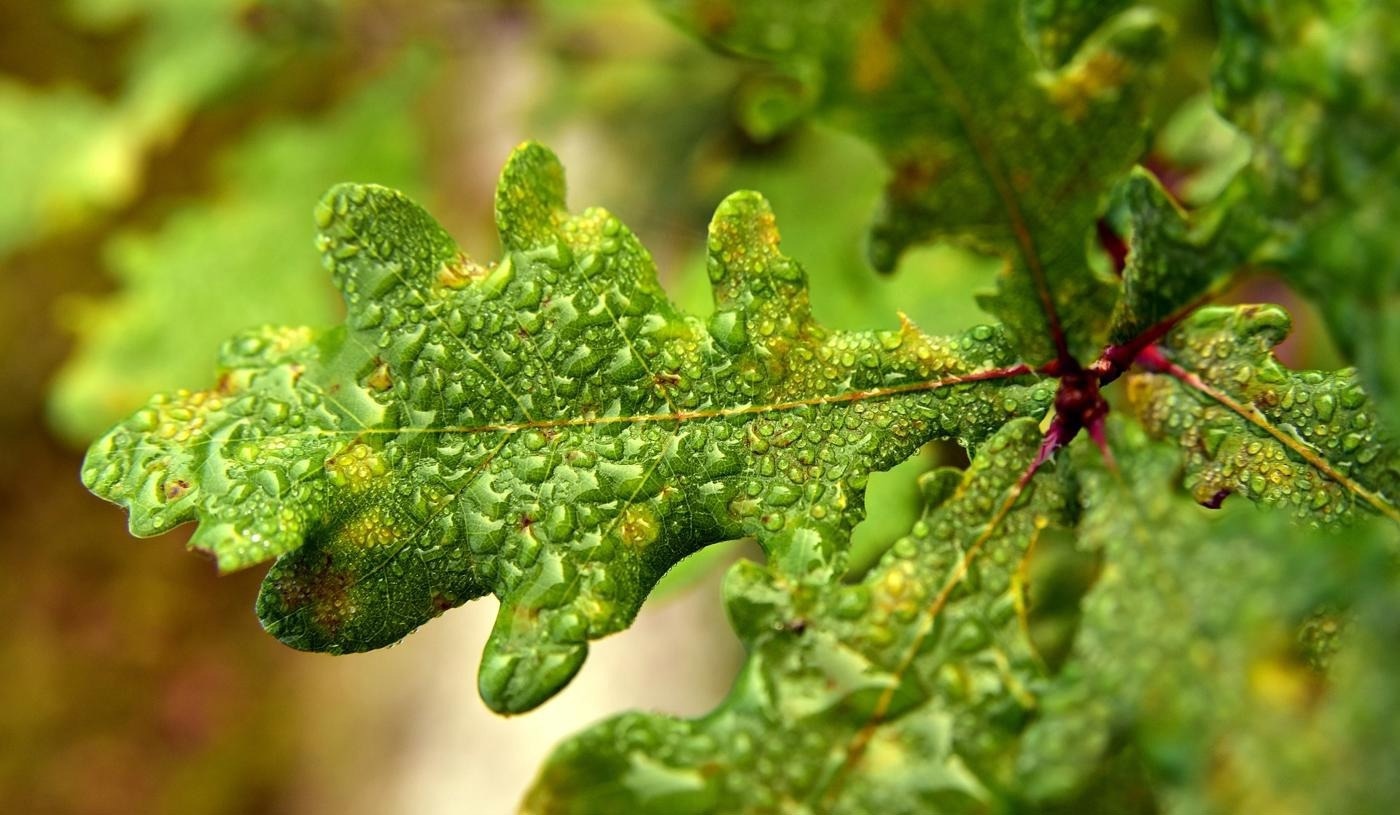According to new research published by University of Birmingham scientists, trees exposed to greater CO2 treatment were able to boost their water use efficiency by altering the opening and closing of pores, known as stomata, on the leaves.

Image Credit: University of Birmingham
Contrary to earlier beliefs, the researchers discovered that these reactions were comparable across all the tree types examined in a study that was published in New Phytologist.
The findings reveal unique strategies for modeling and forecasting plant behavior in high CO2 environments. It provides a new piece of the puzzle for plant scientists attempting to construct a complete picture of how forests will behave to climatic conditions anticipated to be the norm by 2050.
The trade-off between water loss and carbon gain is significant to plants all around the world. The plant’s structure results in this trade-off as stomata open and shut to let the plant absorb CO2 for growth, yet water can escape the plant through transpiration when they are open. This requires the plant to make a compromise between absorbing the most CO2 and minimizing water loss.
The researchers examined data from 20 years of long-term elevated CO2 studies in trees. The investigation, which encompassed 16 different places throughout the world, was comprised of data from research looking at whole trees to tiny branches and leaves.
Taking all the data into consideration, the researchers discovered that for a doubling of CO2, which is the CO2 increase projected by mid-century compared to the pre-industrial average, the efficiency of water usage in the trees’ leaves improved by 85%.
This information was then utilized by the scientists to calculate the “g1 number,” which expresses the water cost of carbon gain for each tree variety. They discovered that the g1 value did not change with high CO2, making it a very valuable tool for describing tree-leaf reactions in situations other than those directly assessed.
The models we use to predict the responses of trees to future atmospheric CO2 levels still contain lots of uncertainties—and the behavior of stomata is one of these. In elevated CO2 we might expect water consumption to reduce because stomata are taking in CO2 at a higher concentration so do not have to be open as long.
Dr Anna Gardner, Birmingham Institute of Forest Research
“But actually, we found the increased CO2 also caused an increase in photosynthesis—and this behavior was a stronger driver to increase water use efficiency. In effect, under higher CO2, the trees are getting more carbon gain for each ‘buck' of water spent.”
One reason trees are so important to ecosystems is because they store carbon—but water is also a valuable resource, so we need to find ways to accurately calculate the carbon cost of that water. All this data helps us build a more accurate picture of the likely behavior of these resources in the future.
Dr Anna Gardner, Birmingham Institute of Forest Research
Journal Reference
Gardner, A., et al. (2023) Optimal stomatal theory predicts CO2 responses of stomatal conductance in both gymnosperm and angiosperm trees. New Phytologist. doi.org/10.1111/nph.18618.